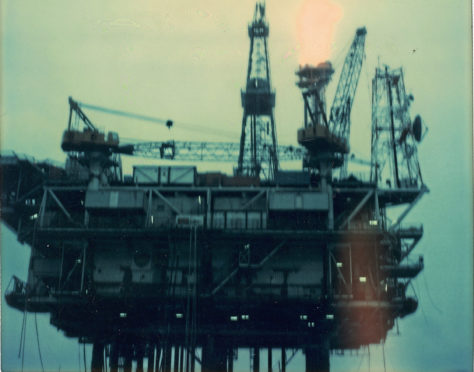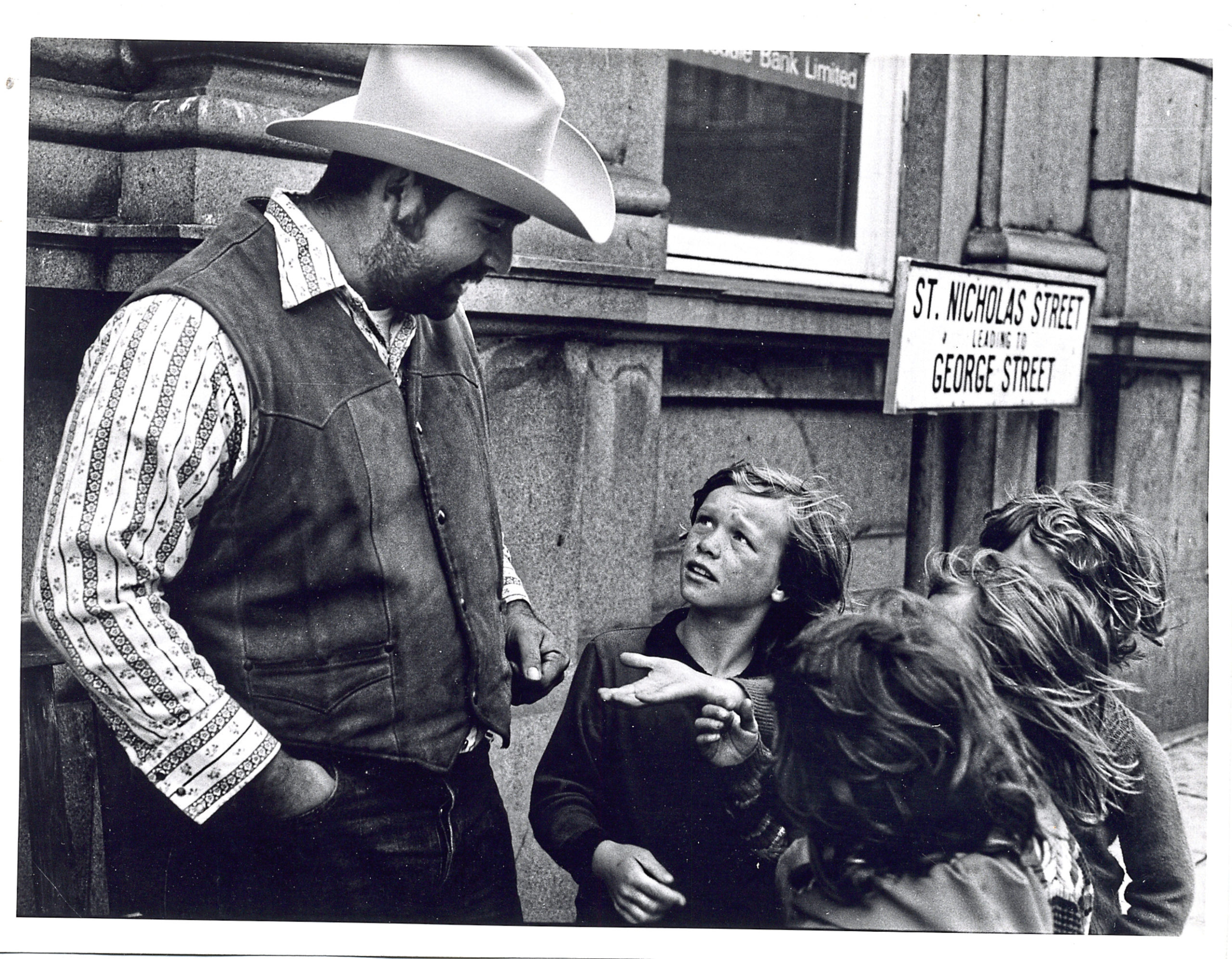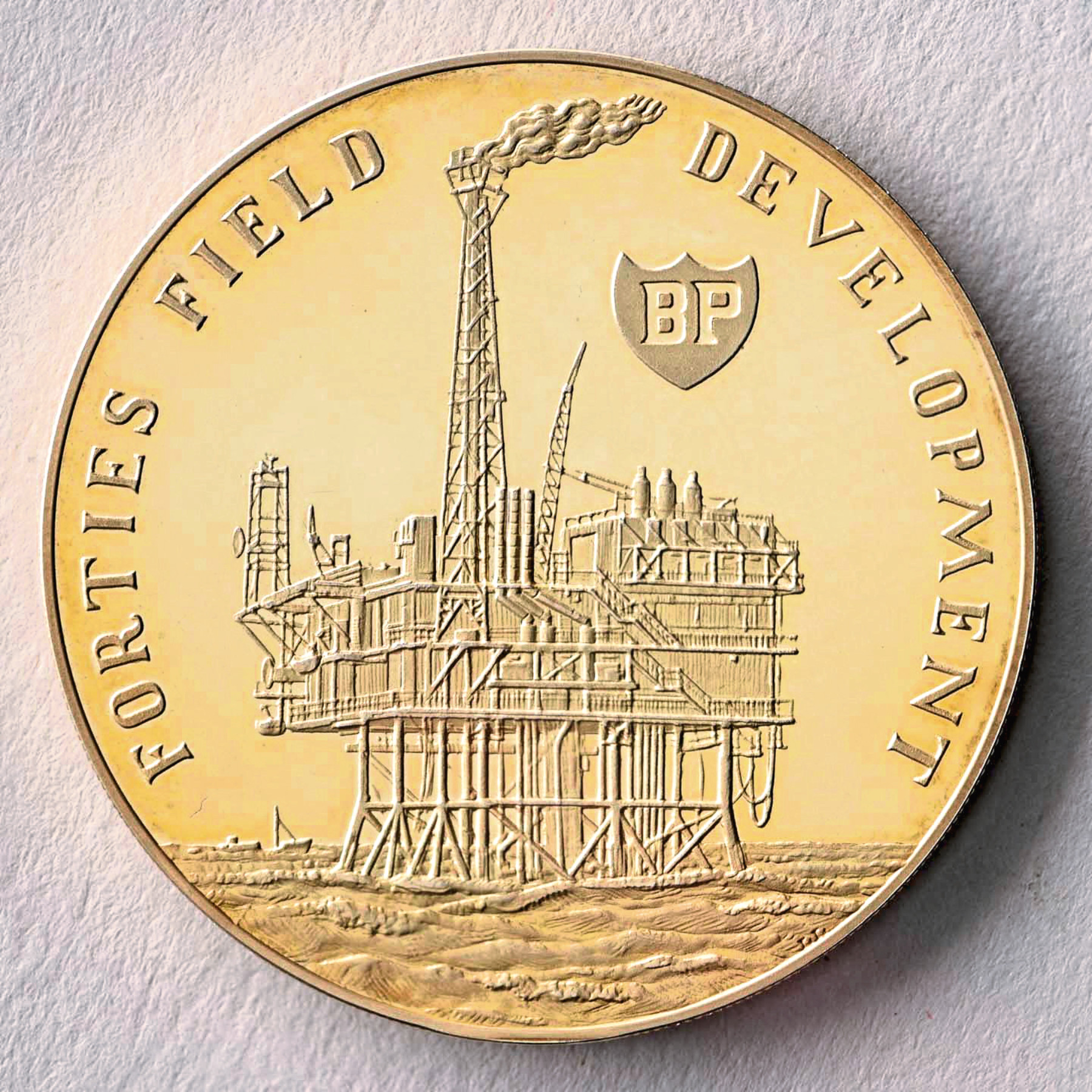December 2019 marks 50 years since Amoco found commercial quantities of oil in the Montrose field of the North Sea.
This discovery was the beginning of Aberdeen’s journey to becoming the energy capital of Europe and a catalyst for significant change in the city.
Our role as Aberdeen Art Gallery and Museums is to preserve and interpret the history of the city and this is often most challenging when dealing with recent history.
This radio receiver was used from the 1960s to the early 1970s aboard the Sea Quest, the drilling rig that discovered the Montrose (later known as Arbroath) and Brent fields in the North Sea. Before the advent of internet links, receivers such as this were the only means that operational platforms had for contacting the outside world.
However, it was the discovery of the Forties Field by British Petroleum in October 1970 that really made people sit up and pay attention. It quickly became apparent that Forties was a giant field – by October 1971 the company was claiming it would produce 400,000 barrels per day. The Forties Field project team was awarded the Queen’s Award for Technical Achievement in 1976 – this crown medal is one of a strictly limited issue of only 150 minted in gold on sterling silver to the authentic proof standard.
In October 1971, it was estimated there were 56 firms in Aberdeen and district for which oil-related business was the principal activity. By October 1972, this had risen to 109 and by October 1973 to 217. The arrival of a new industry brought with it inward migration, including exotic new locals such as this chap, captured in a series of photographs by Fay Goodwin taken during the heatwave of 1975.
You can find out more about the continuing story of North Sea oil at Aberdeen Maritime Museum. You can also help us tell that story – we are always interested in hearing your memories. We’re particularly interested in hearing about life offshore at the moment to help us plan the redevelopment of these displays.
Send your stories to: oilmemories@aagm.co.uk


